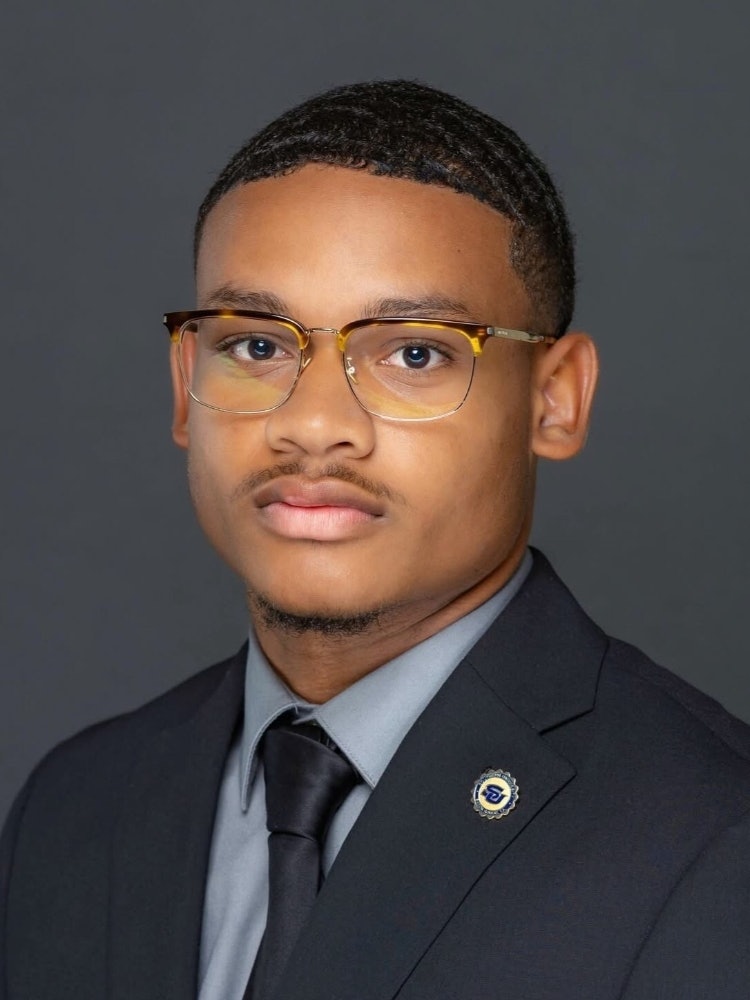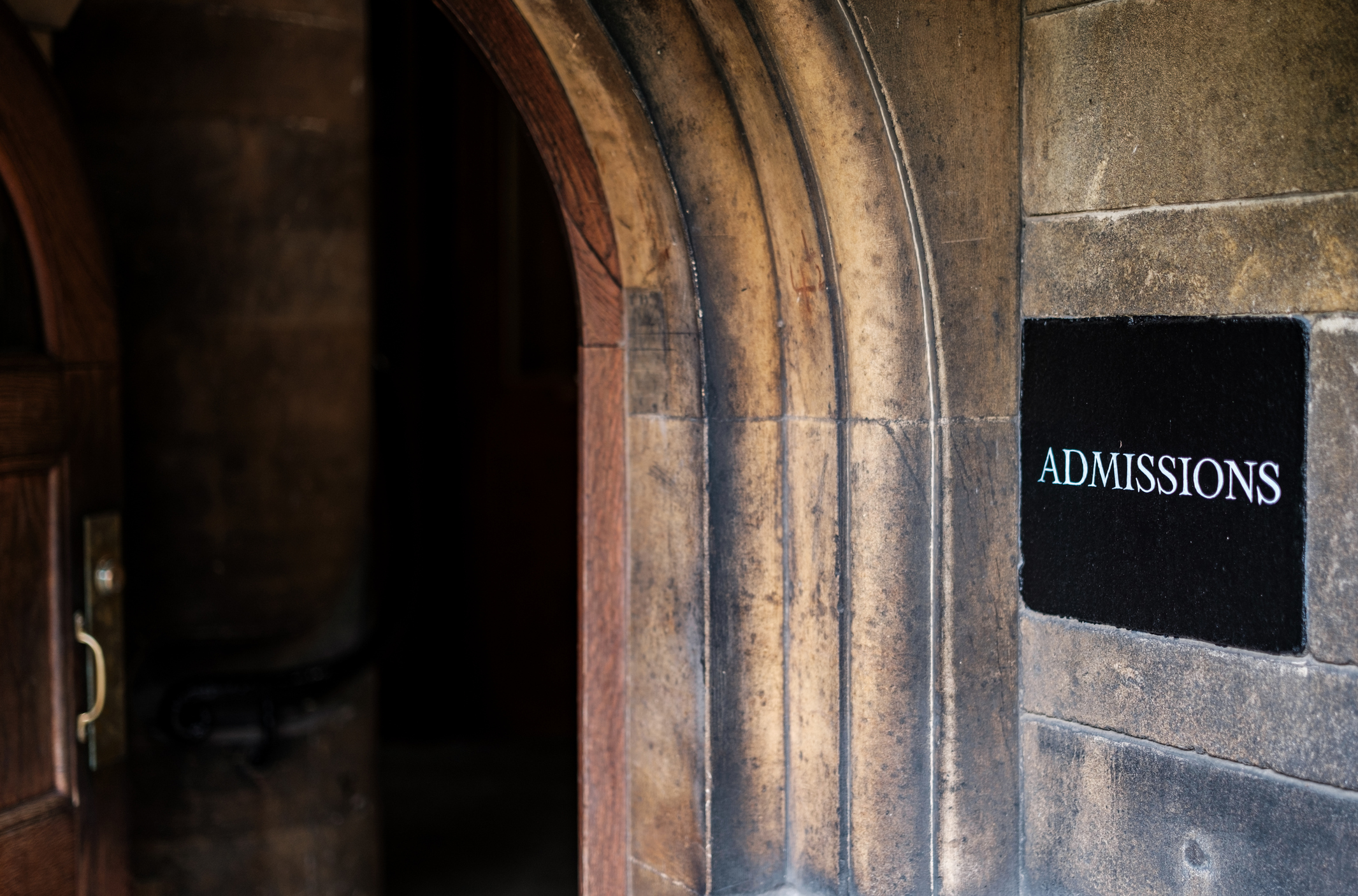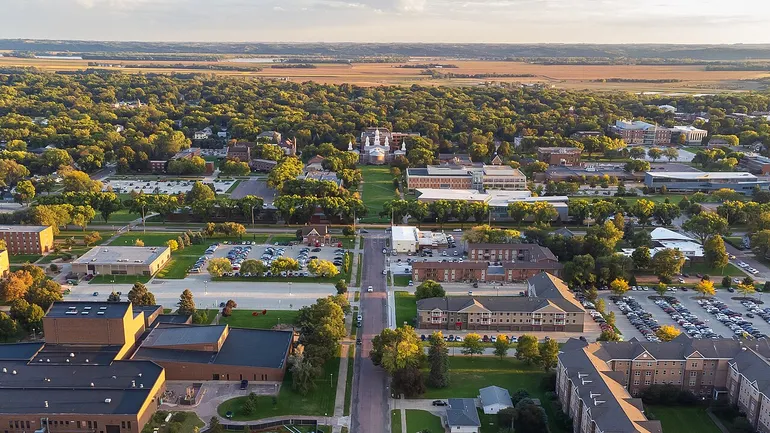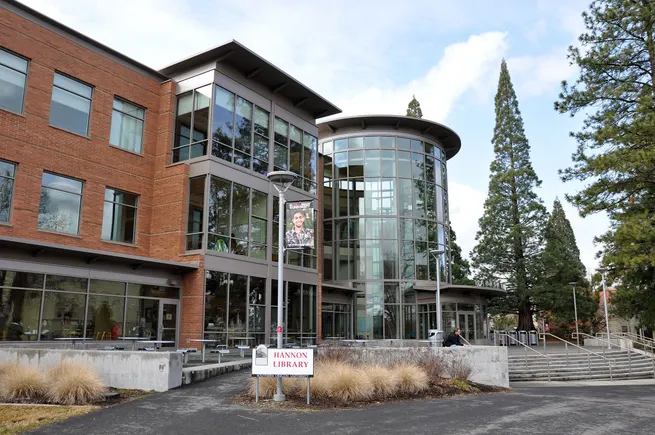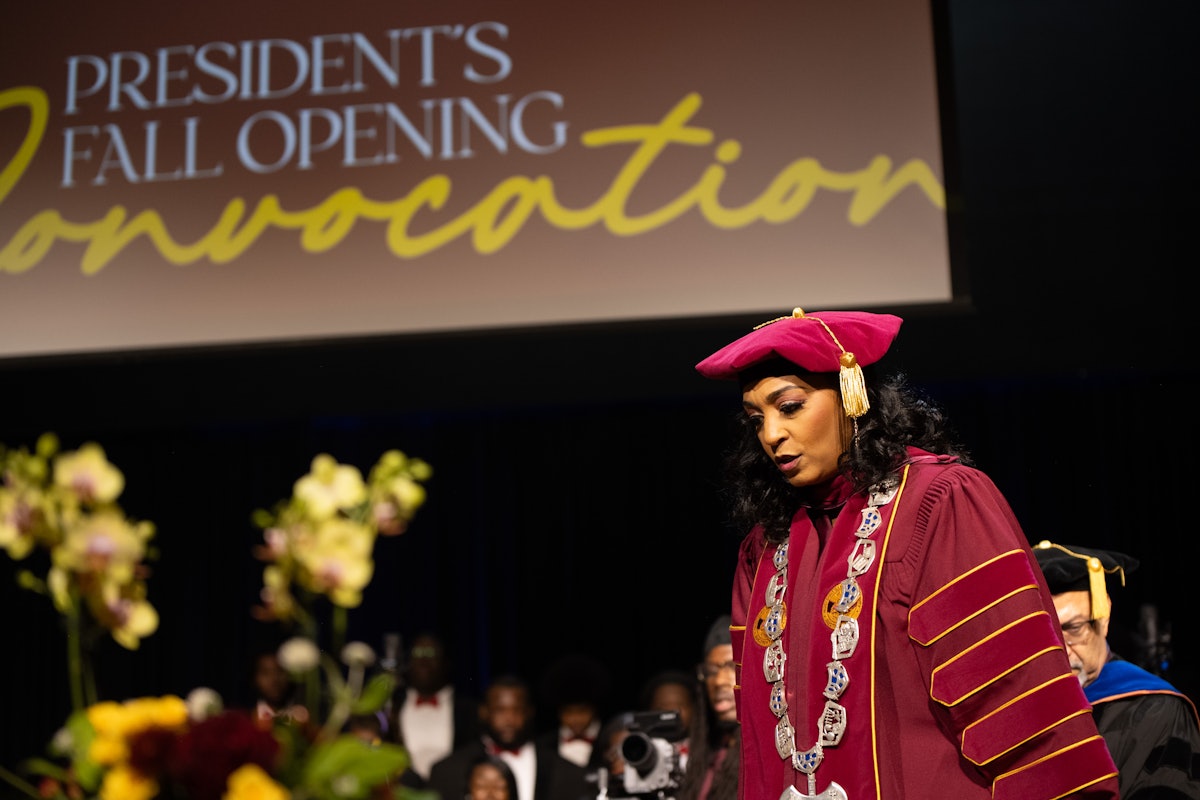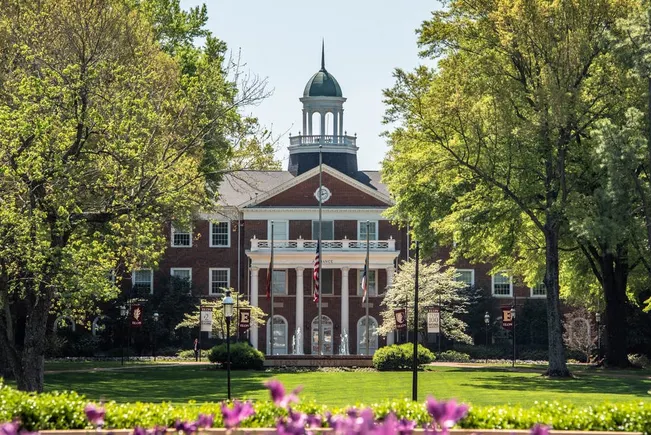The arrival of Ofsted inspections of degree apprenticeships in higher education was never going to be smooth. But what’s become clear is just how underprepared some universities were for the emotional and organisational demands that these inspections bring.
As part of my doctoral research, I conducted a qualitative study, based on 20 semi-structured interviews with academic and professional services (PS) staff from 19 English universities. What I found reveals more than just overstretched teams or complaints about workload. It tells a story of institutional neglect within a sector where the rhetoric is one of apprenticeships being embraced while quietly sidelining the staff delivering this provision.
As government policy surrounding apprenticeships, flexible/modular provision, and the growth and skills levy starts to become clearer, the findings act as a warning shot. The issues higher education staff face during Ofsted inspections reflect deeper structural and cultural problems – ones that won’t be solved with another “you’ve got this!” email from the vice chancellor’s office.
A marginalised provision
Apprenticeships have always had an awkward status in HE. They’re professionally significant and they can attract noteworthy employer relationships, but they remain institutionally peripheral. As one participant put it, “we’ve never been invited to a senior leader’s meeting to talk about apprenticeships.”
Almost all academic participants described their apprenticeship work as invisible in workload models and poorly understood by senior leaders. One participant reported that they get “50 hours a year to look after apprenticeships, even though I would consider it to be my full-time role.” Another simply said, “we feel like the poor relation.” PS staff described the work during the Ofsted inspection creating “a permanent status of panic” and detailed 12-hour working days that ran through weekends until they were “running on fumes”. One cancelled a long-planned family holiday. Others reported stress-related illness, insomnia, extended sick leave, and the need for medication.
The most striking point during many of the interviews wasn’t just the volume of work to support apprenticeship delivery or the Ofsted inspection – it was the sense that senior leaders within their institution didn’t acknowledge it or even care.
Inspections as emotional events
There are multiple other accountability mechanisms within HE: the Teaching Excellence Framework, the Office for Students’ conditions of registration, the Quality Assurance Agency, the Department for Education apprenticeship accountability framework, and professional accreditation processes. This results in a complex and multi-agency system of regulation and scrutiny. However, among participants, Ofsted inspections weren’t experienced as just another audit or review. They were felt as emotional, personal, a question of professional competence, and in many cases traumatic.
The anticipation alone triggered stress symptoms and anxiety. One PS participant said:
Before the inspection started, I was terrified because I was going to be representing my university. What if I get it wrong? I kept feeling sick.
Another participant feared that the inspection outcome, if unsuccessful, could undermine years of hard work and this loss of control and emotional volatility left them feeling depleted and unwilling to experience an Ofsted inspection again:
I cannot be here in five years’ time. I’m not going through that again. I had some stress symptoms which didn’t let up for six to eight months.
Teaching staff viewed the inspection as a test of professional credibility and the emotional toll was compounded by the expectation to present calm professionalism: “I spent time telling everyone to be careful and not let your guard down” while managing their own fears and “the impending pit of doom” and those of their colleagues. Another said: “I was really worried about my colleague being pulled into an observation with an inspector. Her practice is wonderful, but she would have fallen apart. I wanted to protect her wellbeing.”
The need to “perform professionalism” while internally unravelling created a specific kind of emotional labour which was often invisible to those in leadership roles. It was obvious that participants weren’t just preparing evidence: they were absorbing institutional risk. In doing so, they became the shock absorbers for their university’s unpreparedness.
The problem isn’t Ofsted, it’s us
One might assume the findings are a critique of Ofsted. In fact, most participants described the inspectors as “courteous”, “professional”, “kind”, “amazing” or “approachable”. The frustration wasn’t aimed at the inspectors; it was aimed at the system.
One problem was the mismatch between Ofsted’s frameworks and the reality of delivering apprenticeships in higher education. Teaching staff spoke of “squeezing your programme, pedagogy, everything into an arbitrary box” that didn’t reflect their practice. Others questioned why Ofsted couldn’t operate more like consultants, “sharing best practice and providing exemplars” rather than simply evaluating.
While almost all participants described inspectors as courteous and supportive, they also expressed concerns about the disempowering effects of inspection dynamics. One noted
The power dynamic is… ‘If we don’t think you’re good enough, we’re going to close you down’. There are other regulatory bodies that don’t have the ability to put people out of jobs. It’s crazy.
That perception of existential risk was heightened because many institutions appeared to have no clear inspection plan. No training. No joined-up strategy. “We only got Ofsted training two days before the inspection,” said one participant. Others had to “design and deliver” their own training from scratch “without any support” from their leadership which meant it was difficult to get people to engage with it.
Teaching staff shared their views that traditional academic CPD (such as research outputs and pedagogic innovation) continues to be prioritised over compliance-linked work like Ofsted inspections, despite the institutional reputational risks:
If any of us wanted to go off to London to present a research paper, we would have accommodation paid for us, we’d be able to go to that conference, no problem. But if we ask for £150 worth of CPD on how to improve apprenticeship delivery it wouldn’t be allowed. It’s not a business priority.
Not malicious, just indifferent
Overall, my research tells a story about institutional neglect. Unlike toxic leadership or micro-management, this form of harm is quieter. It’s not what leaders do; it’s what they fail to do. It’s the absence of engagement and the unwillingness to fund training. Most importantly, it’s the lack of psychological safety during a high-pressured event like an Ofsted inspection. As one participant said, “when the Ofsted inspectors came in, it was really hard to listen to senior leaders talking about how much they support staff… the reality is very different.”
This isn’t about bad management, it’s about structural marginalisation. Apprenticeship provision was described as falling outside the strategic priorities of some institutions and their senior leaders were perceived as having “no awareness, no understanding” and that they “don’t particularly care about apprenticeships”. Research, undergraduate teaching, and the TEF occupied the centre of institutional gravity. Apprenticeships did not.
Some participants said they almost wished for a “requires improvement” judgement just to get leadership to take them seriously. One observed:
I had hoped that we would get ‘requires improvement’ because it would have made senior leadership pay attention to the changes we need to make. Senior staff have this sense of complacency as if the ‘good’ rating shows that we’re fine.
The government is watching
With this government promising a reshaping of apprenticeships and skills, and the growth and skills levy pushing modular/skills learning into new territory, the pressures experienced in apprenticeship provision in HE are likely to spread. Inspection and regulation in this space aren’t going away. Nor should they. But my findings suggest the real threat to quality and staff wellbeing is not external scrutiny, it’s internal culture.
The risks here are reputational and ethical. Strategic responsibility for inspection readiness and staff wellbeing needs to sit at the top table, not with the most overworked and marginalised staff in the room. Here are five things that universities should do, right now:
Stop marginalising apprenticeship teams. If universities are serious about their current apprenticeship provision and the imminent skills/flexible learning opportunities coming our way, the teams supporting these activities must be embedded into institutional strategy, not treated as marginalised, compliance-heavy provision.
Build inspection readiness into annual planning, not panic-mode two days before the inspection starts.
Invest in meaningful CPD for apprenticeships, including training on inspection frameworks, evidence expectations, managing emotional load during inspection periods, and conference attendance for the skills and apprenticeships agenda.
Create psychological safety. No one should feel personally responsible for the entire institution’s regulatory fate.
Use governance structures to ask hard questions. Boards and Senates should demand answers: how are we resourcing our skills and apprenticeship provision? What preparations do we have in place for the new skills/modular provision that will inevitably be inspected? Does leadership in schools/faculties understand their skills and apprenticeships provision fully? Do all colleagues get equal access to relevant CPD to do their job effectively?
Ofsted didn’t bring stress into higher education; it just exposed a stretched system and the fragility of institutional operations and governance which relies on invisible labour.
With the introduction of the growth and skills levy and a significant shift toward modular and flexible provision, the emotional and operational burdens seen in apprenticeship delivery and Ofsted inspections risk being replicated at scale unless universities adapt. When senior leaders are thinking about the structures and metrics for expanding into new opportunities such as modular/skills provision, they also need to carefully consider culture, responsibility, support, and compassionate leadership.
If they replicate the same dynamics – underfunded, misunderstood, marginalised, and shouldered by isolated staff – universities risk institutionalising burnout and anxiety as conditions of participation in apprenticeships and skills.

